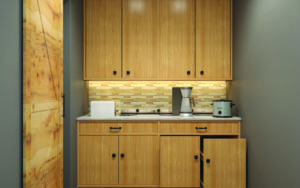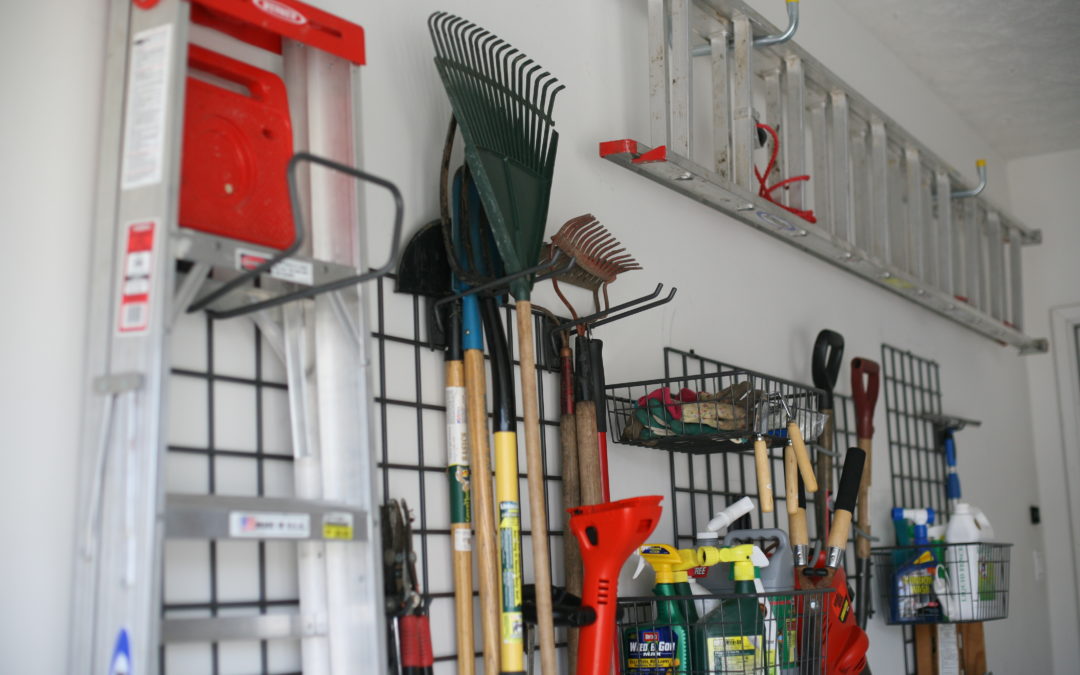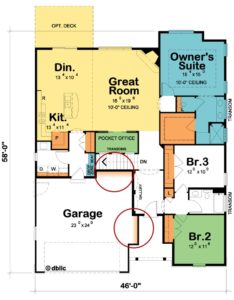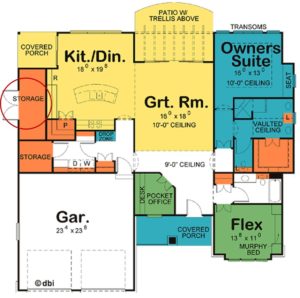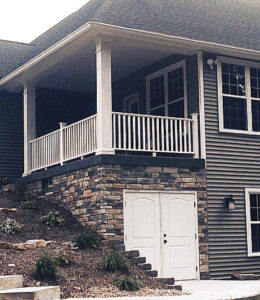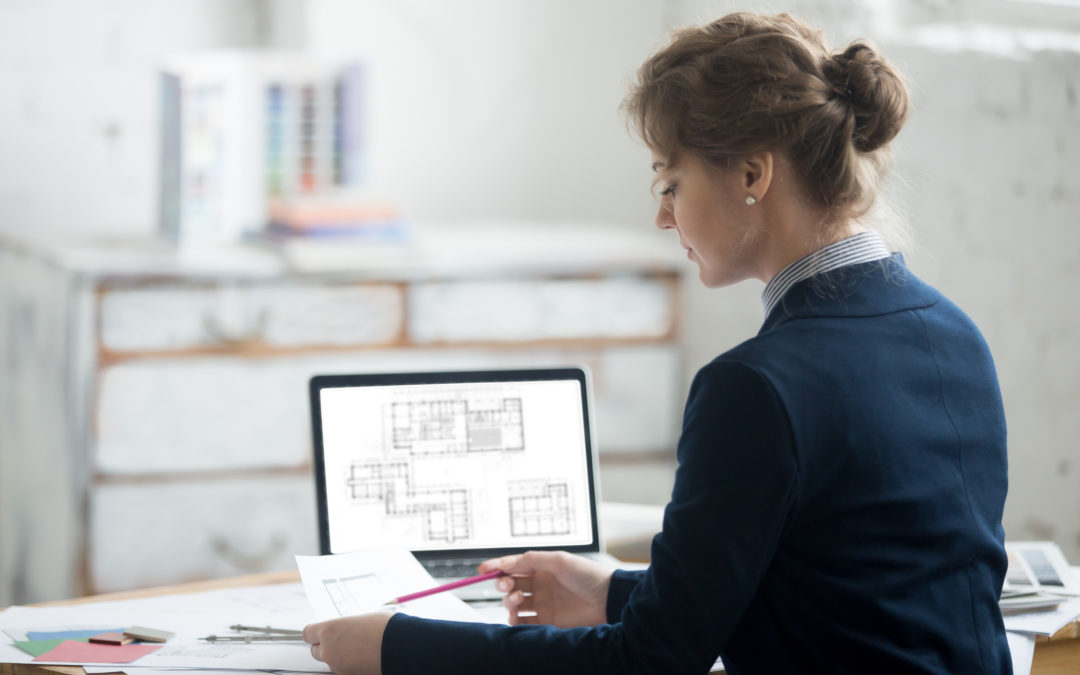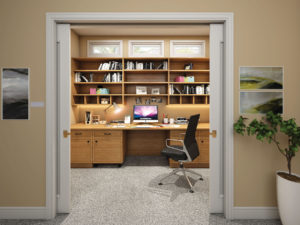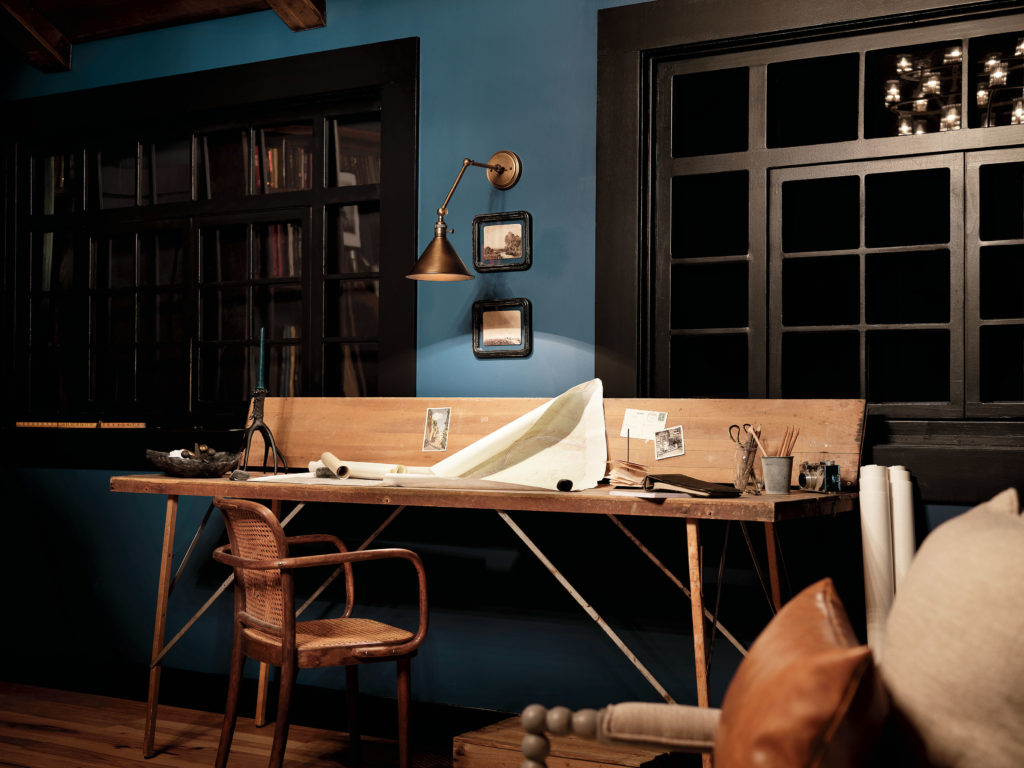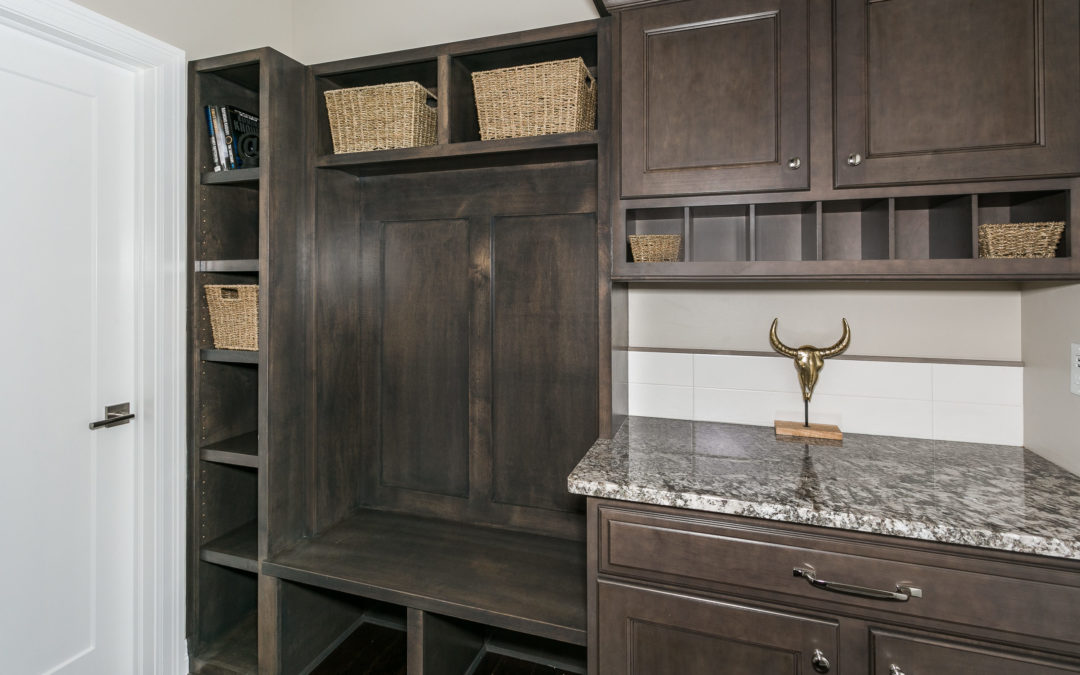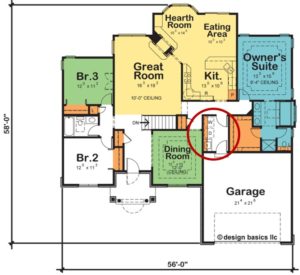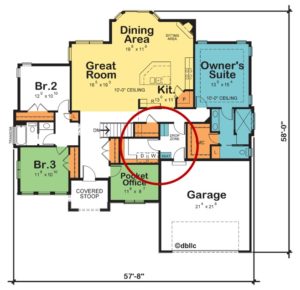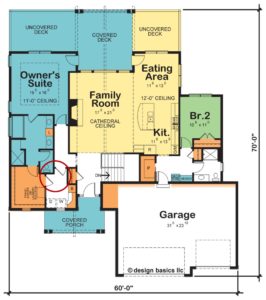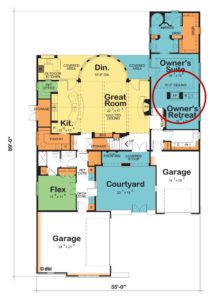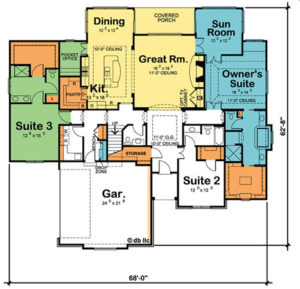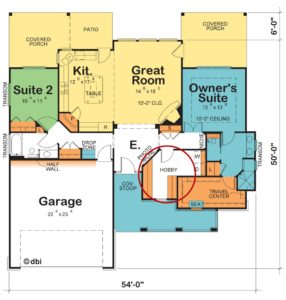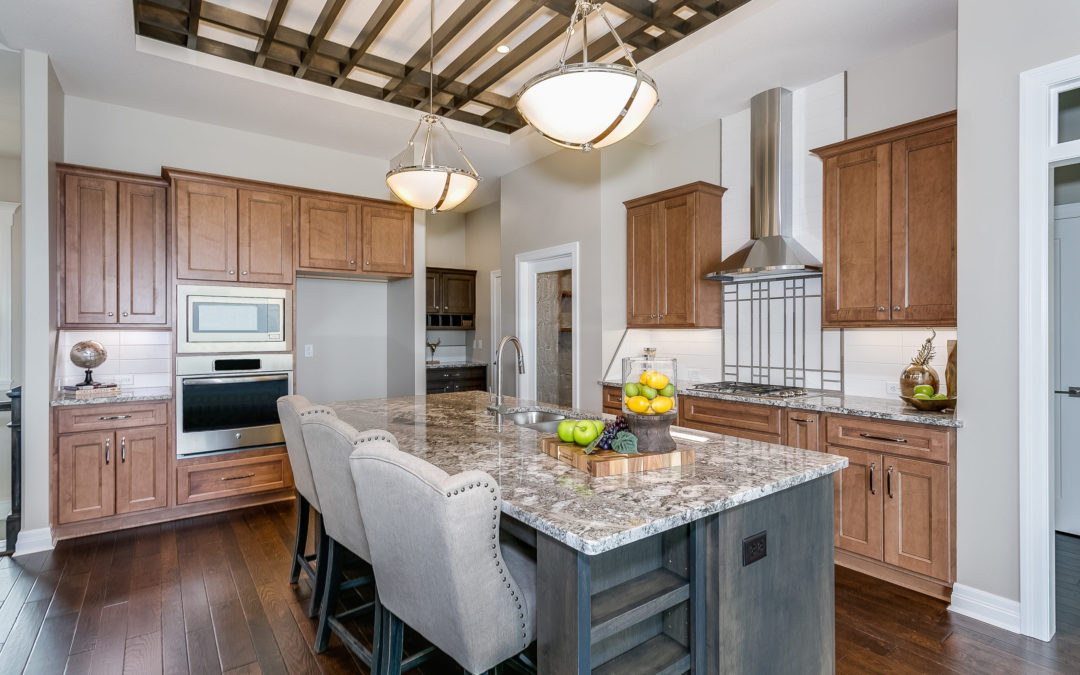
Kitchen Storage can be Beautiful!
Some people step into a model home’s kitchen and see the beauty of having all that storage. Others step into that kitchen and are stunned by that storage’s beautiful finishes. Practicality and aesthetics. Nowhere else in the home are those two elements of design more on display.
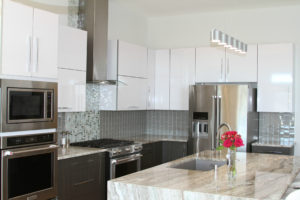
Custom kitchen in the Strasser Pointe (plan #42420FB). Photo by Renee D. Calvin Photography
With kitchens more open to entertaining areas in the home, they are being designed as an integral part of your entertaining. As such, form allows your personal style to shine. Light woods? Dark woods? Stained or painted? Cabinet profiles? Staggered heights and depths? Perhaps you prefer the look of stainless steel, laminates, or composites? Or modern clean lines where kitchen storage is virtually invisible? Then there’s the companion question of whether there will be exposed hardware, sometimes referred to as the “jewelry of the kitchen.” Styles range from practical to whimsical, classic to ultra-contemporary.
In tandem with style is the preference of most buyers to want uncluttered counter tops as they are stressful and can be an embarrassment when entertaining. Plus, when everyone brings a dish to your potluck dinner, you’ll want all available counter space.
Regardless of style, function dictates storage should be located where it is most needed. Storage for pots and pans should be near the cook top. A pull-out wastebasket drawer next to the kitchen sink (that’s also a great place for your recycling bin, as most recyclables need to be washed out first and you don’t want a water spot trail en route to your recycling container). In fact, pull-out base cabinet drawers in general are preferable, making quick work of retrieving the item you want as compared to simple base cabinets where you have to bend over to search for that item.

These sturdy cabinet drawers can store heavy dishes. Removable dividers let you configure interiors. Photo courtesy: KraftMaid Cabinetry; Tony Giammarino/ Giammarino & Dworkin, Design: Marge Thomas
Other cabinetry amenities can have a major impact of the usefulness of your storage, too. Having the light automatically turn on when you open the pantry door; drawer dividers for your tableware; creative solutions that put an end to impracticable, hard to reach storage in base corner cabinets. A tilt-out tray in front of your kitchen sink can hide your dish sponge. And, though it doesn’t increase storage, soft-close cabinetry hardware eliminates the noisy “bang” from doors closing.
As a nation we’re cooking less, but not eating less. That means more storage for prepackaged foods. A 2019 National Association of Home Builders’ report, What Home Buyers Really Want, identified that 83% of new home buyers today are looking for a walk-in pantry. As a loose rule of thumb, pantry size may correlate to the home’s overall size. We at Design Basics have never designed a home with too large of a pantry. Pantry cabinets gave way to corner walk-in pantries. Even larger walk-in pantries are in vogue today, with the ultimate being “prep pantries” large enough for storage and a food prep area, and “Work-in” (not mere “walk-in”) pantries complete with sink and dishwasher, and sometimes other appliances. Appliances create heat, so make sure your cooling system layout includes duct work for a Work-in pantry. Importantly, increasing the size of a walk-in pantry can provide the additional storage you want less expensively than the same amount of added storage accomplished through additional cabinetry. We’ve even designed large Work-in pantries to be built as safe rooms!
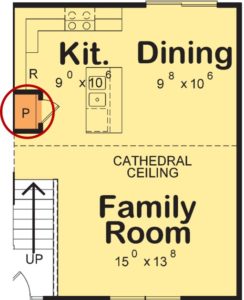
Cabinet Pantry 3′ shelves in the Dane Mills – plan #35084 (1209 sq ft).
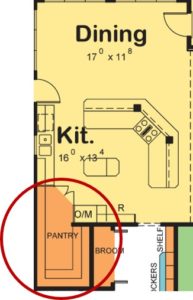
Prep Pantry 6′-0″ x 11′-4″ deep enough for base cabinets in the Zinnia – plan #42041 (2449 sq ft).

Corner Pantry 4′ x 4′, 7′ shelves in the Teglia Farm – plan #42482 (1642 sq ft).
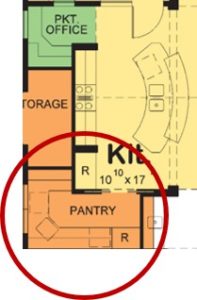
Work-in Pantry 10′-10″ x 7′-6″ with sink, dishwasher, and other appliances in the DiMarco – plan #50014 (2782 sq ft).
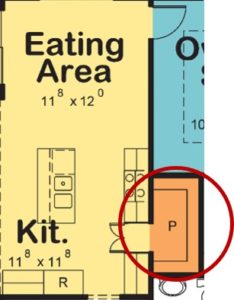
Hidden Pantry 3′-9″ x 7′-9″ with 13′ shelves in the Angel Springs – plan #42409 (2154 sq ft).
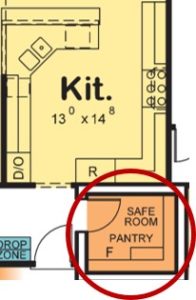
Walk-in Pantry 7′-0″ x 6′-3″ doubles as a safe room in the Revenna Springs – plan #35079 (2396 sq ft).
Whichever you prioritize, practicality or aesthetics, it shows when it comes to small appliances. Think toaster, coffee maker, crock pot, griddle, mixer, blender, and the like. Our practical side wants them plugged in and ready to use, while our appreciation for clean lines and uninterrupted beauty in our kitchens wants them off the counter tops and out of sight. The solution lies in a small appliance center, near the kitchen or within the pantry; if the pantry is large enough to have base cabinets, counter top and electrical outlets on at least one side.
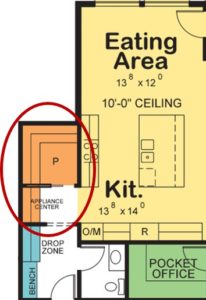
The Larimar Park’s (plan – #42453) Appliance Center, just outside the main kitchen, helps keep your kitchen counters free from clutter and your small appliances plugged in and ready to use.
Coming next week: Concepts in closet storage.
Livability at a Glance™ is our proprietary color-coded floor plan system that highlights four different lenses especially important to women: Entertaining, De-stressing, Storing, and Flexible Living. Discover your Lifestyle Profile by taking our Livability at a Glance Quiz.
For more resources on thoughtful design and products:
- Visit our blog
- Browse our Her Home™ Magazine
- Thoughtful Design Concepts
